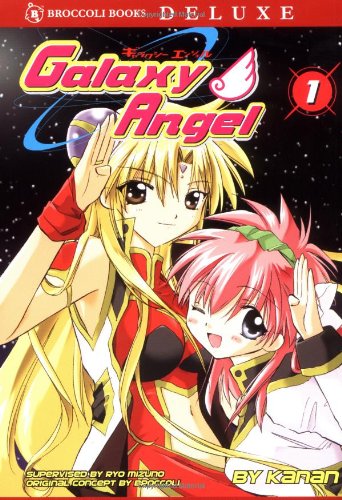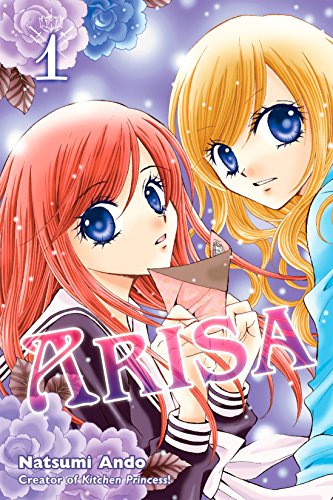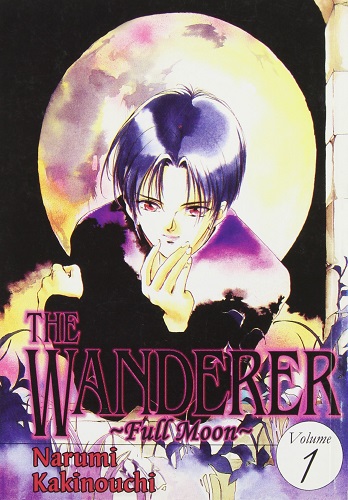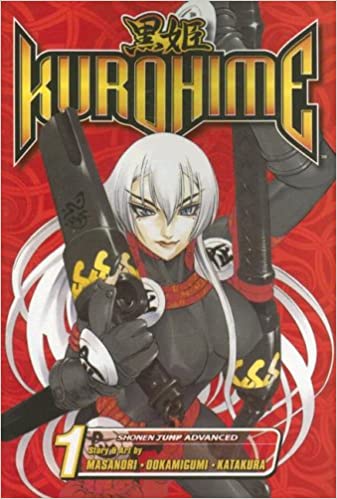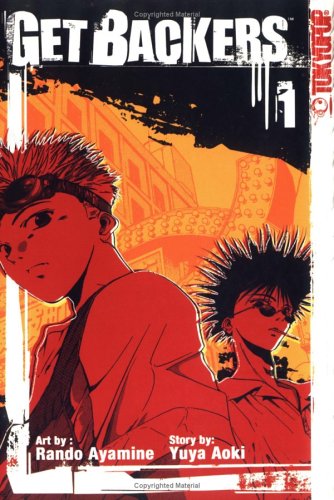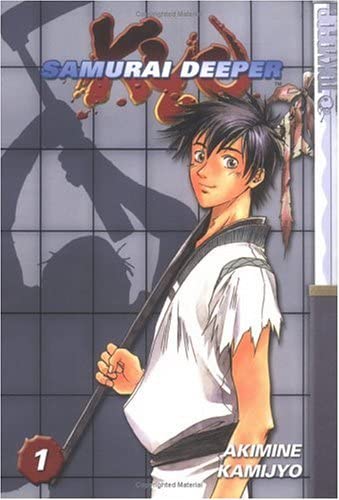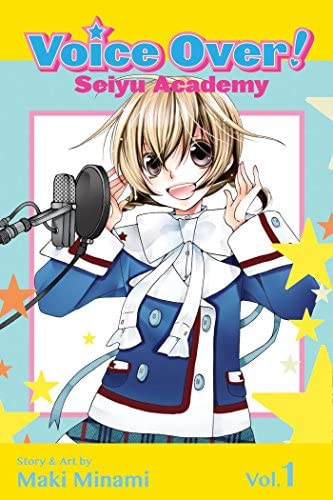Galaxy Angel was quite the media franchise in the 2000’s. Starting with an anime series that received five seasons, followed by a manga that spawned spin-offs and sequels, novels, a musical and a multiple video games for both the computer and Playstation 2. While here in the United States, we did not receive quite all of these adaptations of the series, we did get a dub of the entire anime series and the manga series. The Galaxy Angel manga was brought over to the states by the now defunct Broccoli Books and was released over five volumes between March 2004 and April 2005. In contrast with the once-popular anime’s episodic format and focus on comedy rather than action, the manga series has one overarching story that runs from the first chapter to the end of its run, with its focus on the action and science fiction aspects of the franchise’s universe. After the original manga’s run, Broccoli Books also released Galaxy Angel Beta, a sequel to the original manga, Galaxy Angel 2, a spin-off with a new cast of characters set in the same universe, and Galaxy Angel Party, a fun, comedic spin-off series, more in line with the lighthearted tone of the animated series. Galaxy Angel was one of my first experiences with the mediums of anime and manga, and its charming cast of characters, adorable art and zany antics have long stuck with me.
The story follows a military organization called the Angel Troupe, lead by commander Takuto Meyers and his assistant, Vice Commander Lester Coolderas. The Angel Troupe’s core members are comprised of five women with their own dynamic personalities and unique character designs. There is the talented chef who has extreme swings in being lucky or unlucky, Milfeulle Sakuraba, boy-crazy martial artist Ranpha Franboise, monocle-wearing gun enthusiast Forte Stollen, cosplay loving Mint Blamanche and last but not least, the reserved and quiet Vanilla H. The story finds the angel troupe tasked with a mission to protect a boy named Prince Shiva, the sole survivor of a coup d’etat against the royal Transbaal empire by the series’ antagonist named Prince Eonia. Throughout their mission, Takuto and the Angel Troupe find themselves traveling to and having adventures on many different beautifully drawn and stylized planets, engaging in epic spaceship dogfights against the forces of Prince Eonia, discovering the secrets of their universe, and bonding together as friends. While I had previously mentioned the story takes a more action/sci-fi tone compared to anime series, the manga does not abandon the comedic interactions between the characters that made the animated series memorable. The action in the story is well drawn and fun to follow, and mostly takes place in the form of dogfights between spaceships called Emblem Frames. These spaceships get their name due to the spacecraft fighters being decorated with the unique emblem of the universe they were built in. There are plenty of tactics and strategies employed by both sides that make these battles between Emblem Frames a treat to watch unfold.
The main factor that drew me into the franchise and made me a lifelong fan has to be the characters. All of them have distinct personalities, have gorgeous character designs, and the dynamic between the members of the Angel Troupe never gets old. The story is in no short supply of situations that allow for every character’s distinct personality to shine through and be taken in by the reader. Both the comedic squabbles they have with each other, and the way they all band together at crucial points in the story’s conflict add to each of their own individual charms and personalities. The extras at the end of each volume also expand this significantly, giving us detailed character profiles and in-depth looks at each character.
Touching a bit more on the extras included in each volume, this is something I wish more manga did. I know many manga publishers include extras, but very few include them to the extent and depth contained within the extra pages after the story of Galaxy Angel. Broccoli Books would include twenty to thirty pages of extra content per volume, without cutting into the length of the story, making the total page count per book higher the standard for manga. These extras included art, mini-comics, expanded character profiles, lore, and teasers for other manga Broccoli Books was bringing to the USA at the time. This bonus content gives the books more appeal, and really helps expand on the series’ universe and breathe more life into the already fascinating characters, setting and lore.
Moving on to the illustrations, the stylized world of Galaxy Angel, in addition to its gorgeous characters and backgrounds emanate a special kind of charm and are easy to get lost gazing at. The art style is enchanting and cute, and it really matches the tone and atmosphere of the narrative to create a memorable reading experience. Each one of the planets has it’s own feel and styling, be it a beach resort themed planet or a secluded one that is always lit with powerful artificial lights to give the illusion of it being day all the time due to the belief that the night is a symbol of evil. All of the planets have their own unique flair that makes the universe and fictitious star system of the story all the more interesting to experience. The stylized art fits with all the other aspects of the story, and captures the world of Galaxy Angel in a one-of-a-kind way.
No matter if you are a fan of the original anime series, have seen Galaxy Angel in passing, or if this is your first time hearing about the franchise, I would recommend giving the manga universe of Galaxy Angel a read. Fans of light-hearted shounen, science fiction and bishoujo characters will be undoubtedly drawn into the charm and heart that the series contains, come to see why the series rose to popularity in the 2000’s, and why it is still considered a cult classic among many anime and manga enthusiasts throughout the world.
